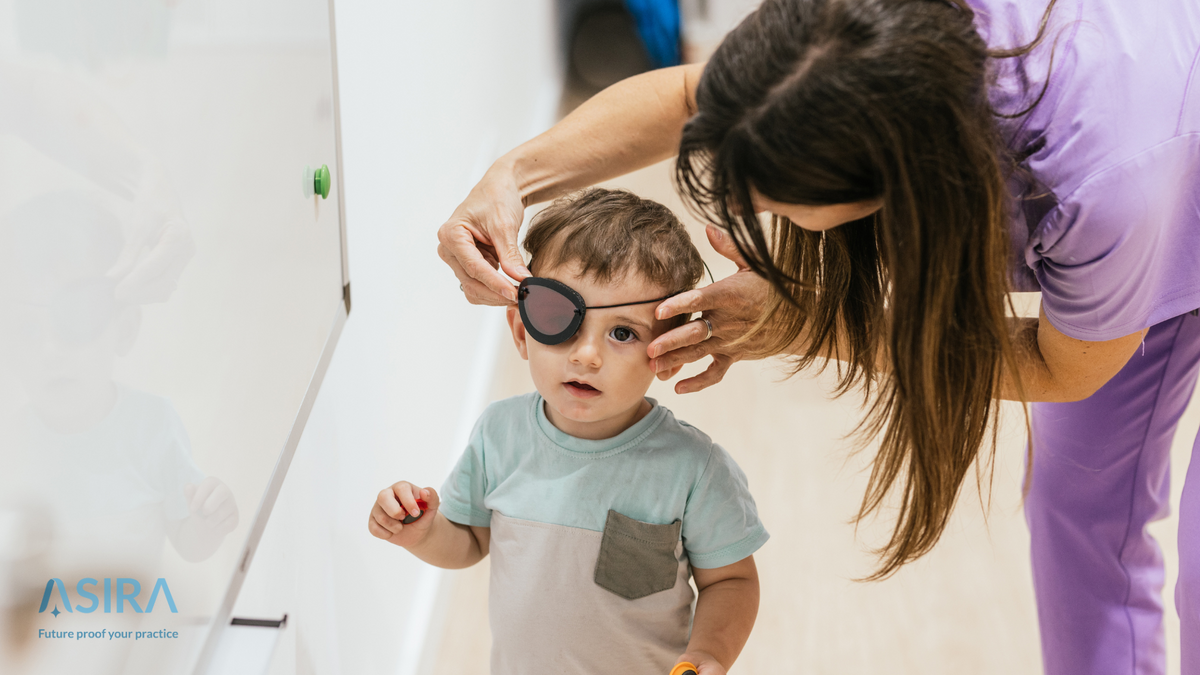Spotting and Managing Binocular Vision Disorders in Everyday Practice
Binocular vision disorders occur when the eyes fail to work together effectively, leading to problems with depth perception, eye alignment, or focusing. This blog post focuses on how to detect and properly manage them.

As an eye care professional, you’ve likely encountered patients who present with vague symptoms that defy straightforward diagnoses. A child struggling to read comfortably, an adult complaining of frequent headaches, or a senior citizen reporting blurry vision despite having the right prescription lenses might all share an underlying issue: a binocular vision disorder. These disorders often go unnoticed during routine examinations, yet they significantly impact a patient’s quality of life. Identifying and managing them requires a blend of clinical expertise, attentive observation, and a commitment to individualized care.
The Silent Prevalence of Binocular Vision Disorders
Binocular vision disorders occur when the eyes fail to work together effectively, leading to problems with depth perception, eye alignment, or focusing. Despite their prevalence, these conditions are frequently overlooked because their symptoms can mimic other issues or appear subtle in everyday interactions. A child struggling in school might be mislabeled as having a learning disability, while an adult experiencing fatigue during work hours might attribute it to stress. These scenarios highlight the importance of proactively screening for binocular vision problems, especially in populations at higher risk, such as children, young adults, and individuals with a history of head trauma.
Consider the case of an eight-year-old named Meera. Her parents brought her in for a routine eye exam, concerned about her declining performance in school. Meera’s teachers noted that she avoided reading aloud and frequently lost her place while reading. During the consultation, it became apparent that her vision was not the issue; rather, she exhibited signs of convergence insufficiency, a common binocular vision disorder. Meera’s case underscores how critical it is to dig deeper when patients present with symptoms that don’t align with simple refractive errors.
Recognizing the Symptoms
The first step in managing binocular vision disorders is recognizing their varied symptoms. Patients may report double vision, difficulty focusing, or eye strain, but often their complaints are more indirect. They might mention headaches, trouble concentrating, or feeling tired after short periods of reading or screen use. Some patients even experience motion sickness or struggle with sports that require accurate depth perception.
For instance, Rahul, a 35-year-old software engineer, visited his optometrist complaining of persistent headaches after long hours of coding. He had always attributed these to the pressures of work until a comprehensive eye exam revealed accommodative insufficiency, a type of binocular vision disorder where the eyes struggle to focus properly at near distances. This discovery transformed Rahul’s treatment plan and significantly improved his daily comfort and productivity.
Conducting a Thorough Examination
Spotting binocular vision disorders requires more than a standard eye exam. Comprehensive testing that evaluates eye alignment, accommodation, and assessing eye movements is essential. Basic binocular vision tests that should be carried out in all routine eye examinations include:
- Ocular Motor Balance - screening for and measuring heterophoria or heterotropia by carrying out a
Ocularthe cover test, near point of convergence test, and vergence facility testing are invaluable for diagnosing these conditions. Including questions about reading habits, work demands, and screen time in the patient’s history can also provide critical insights.
Take the example of Ananya, a college student preparing for her final exams. She had no history of vision problems but came in with complaints of blurred vision and an inability to focus during her late-night study sessions. A near point of convergence test revealed that her eyes were struggling to work together effectively, leading to intermittent double vision. This simple yet targeted test changed the trajectory of her care, leading to a treatment plan that included vision therapy and adjustments to her study habits.
Effective Management Strategies
Once a binocular vision disorder has been diagnosed, management options depend on the specific condition and its severity. Vision therapy is often the cornerstone of treatment, particularly for conditions like convergence insufficiency, accommodative dysfunction, or oculomotor deficits. These tailored exercises help retrain the eyes and brain to work in harmony, improving coordination and reducing symptoms over time.
Practical interventions can also play a significant role. For patients with high visual demands, recommending regular breaks from screen time—such as the 20-20-20 rule (look at something 20 feet away for 20 seconds every 20 minutes)—can provide relief. Similarly, prescribing corrective lenses with specific prism values can help align the eyes, alleviating discomfort for patients with vertical or horizontal phorias.
In some cases, a multidisciplinary approach may be required. Patients recovering from traumatic brain injuries, for example, may benefit from a team that includes occupational therapists and neurologists in addition to their eye care provider. This collaborative approach ensures that the patient’s visual needs are addressed alongside other rehabilitation goals.
The Importance of Patient Education
Educating patients about their condition is a critical component of successful management. Many people are unaware of what binocular vision entails, let alone how it impacts their daily lives. Providing clear explanations and visual demonstrations can help patients understand their condition and the rationale behind the recommended treatments.
Meera’s parents, for example, were initially skeptical about vision therapy. They didn’t understand how exercises could improve their daughter’s reading ability. However, after the optometrist explained how convergence insufficiency made it difficult for Meera’s eyes to work together, they embraced the treatment plan. Within months, Meera’s reading improved, and her confidence in the classroom soared.
The Role of Technology in Diagnosis and Treatment
Advancements in technology have significantly enhanced the diagnosis and treatment of binocular vision disorders. Digital devices now allow for precise measurements of eye alignment and focusing ability, streamlining the diagnostic process. Virtual reality systems have also emerged as innovative tools for vision therapy, offering engaging and interactive ways to improve binocular function. These advancements not only improve outcomes but also make treatment more accessible and appealing to patients.
Transforming Lives Through Proactive Care
The impact of addressing binocular vision disorders extends far beyond the clinic. By helping patients overcome these challenges, eye care professionals empower them to excel in their studies, careers, and daily activities. The joy of seeing a child’s grades improve or an adult’s headaches disappear is a powerful reminder of the importance of this work.
For patients like Rahul, Meera, and Ananya, timely diagnosis and targeted treatment changed their trajectories. Rahul’s productivity at work soared after his accommodative dysfunction was managed. Meera rediscovered her love of reading and learning, while Ananya regained her focus during critical study sessions. These success stories highlight the profound difference that attentive, expert care can make.
Conclusion
Binocular vision disorders may be subtle, but their effects on patients’ lives are anything but. By recognizing the signs, conducting thorough examinations, and implementing effective treatment strategies, eye care professionals can transform lives. The art of managing these conditions lies not only in clinical expertise but also in the ability to connect with patients, educate them, and tailor solutions to their unique needs. Every patient is an opportunity to make a meaningful impact, proving that the care provided extends far beyond vision correction—it changes lives.
ASIRA is a simple and secure, cloud-based software tool, built BY optometrists FOR optometrists, that helps eye care professionals reduce the time and effort required to maintain clinical records, schedule appointments, generate bills, manage inventory and much more!
To find out more, visit www.asira.health and sign up for a 30-Day FREE TRIAL! If you're a new practice owner or a fresh graduate thinking of entrepreneurship, visit www.asira.health/optompreneur to learn how ASIRA can help reduce your costs and increase revenue.

